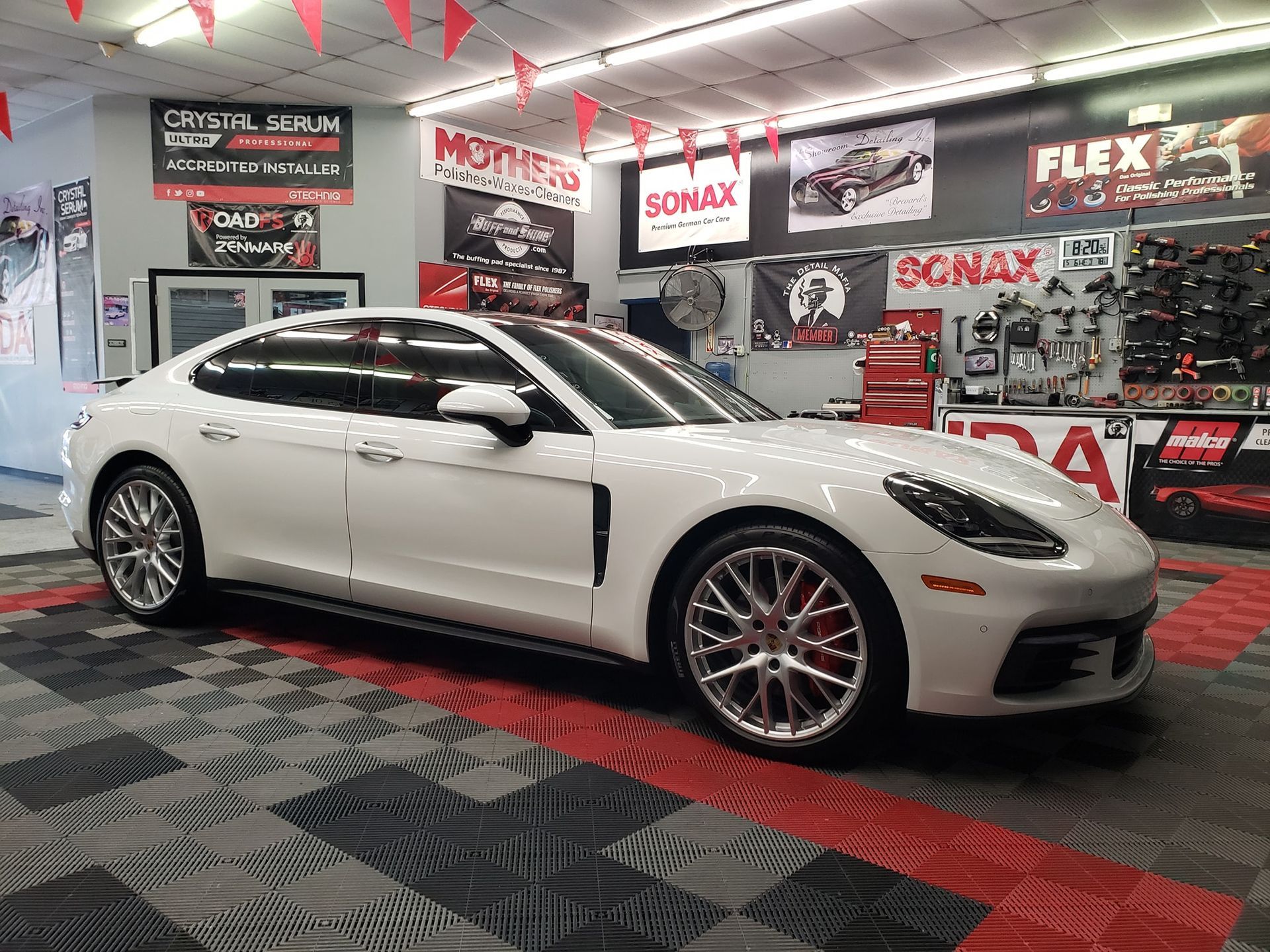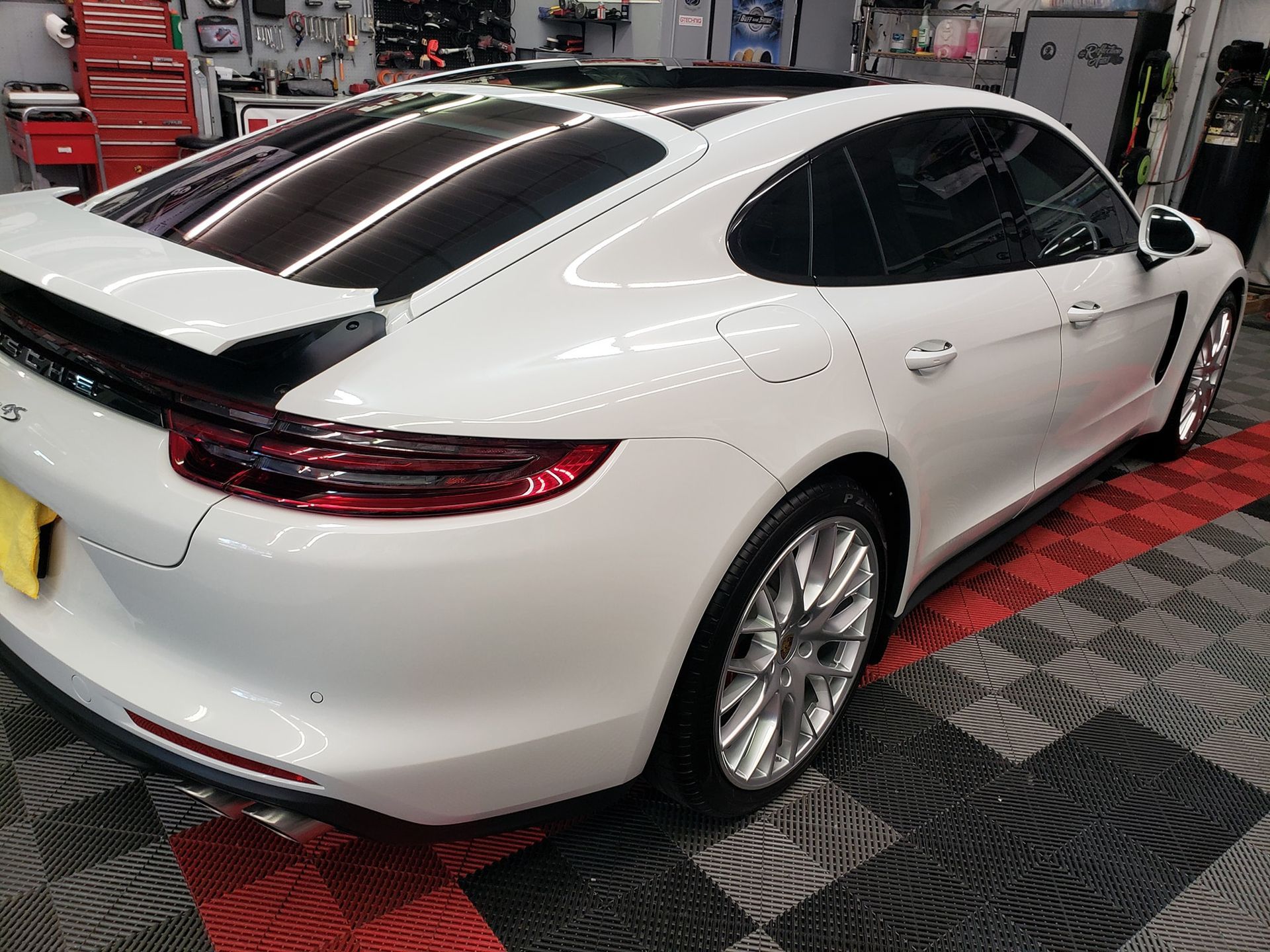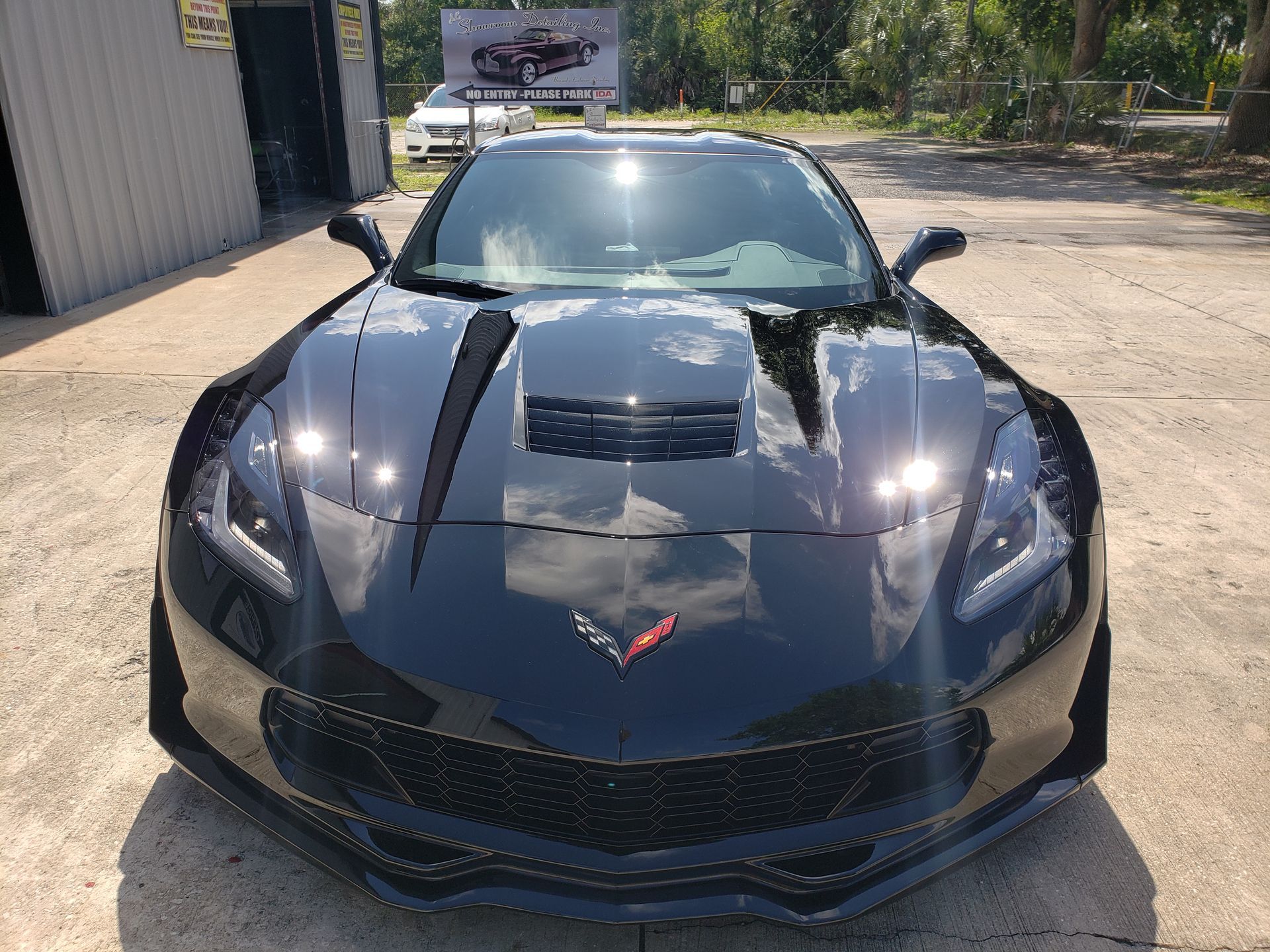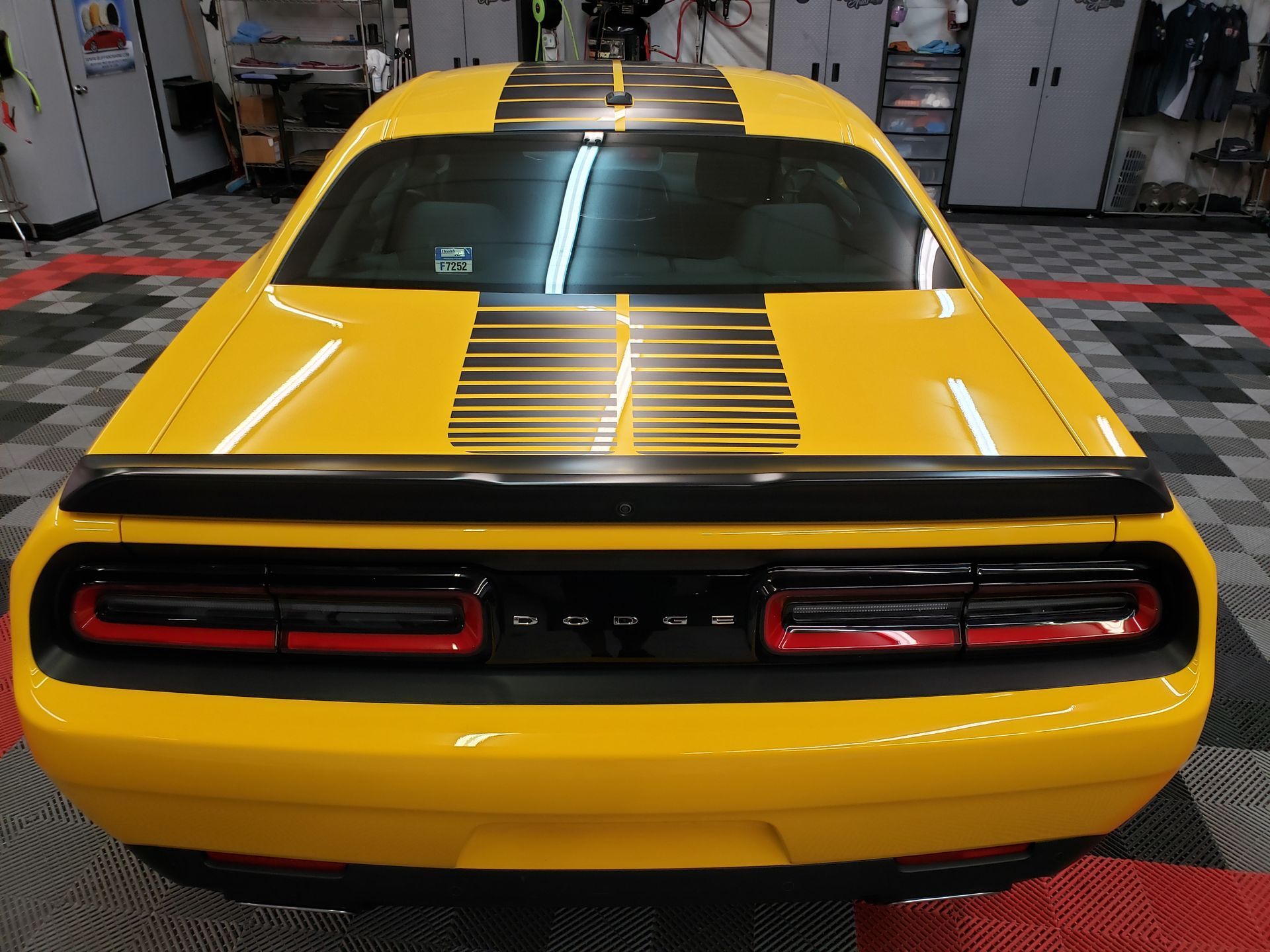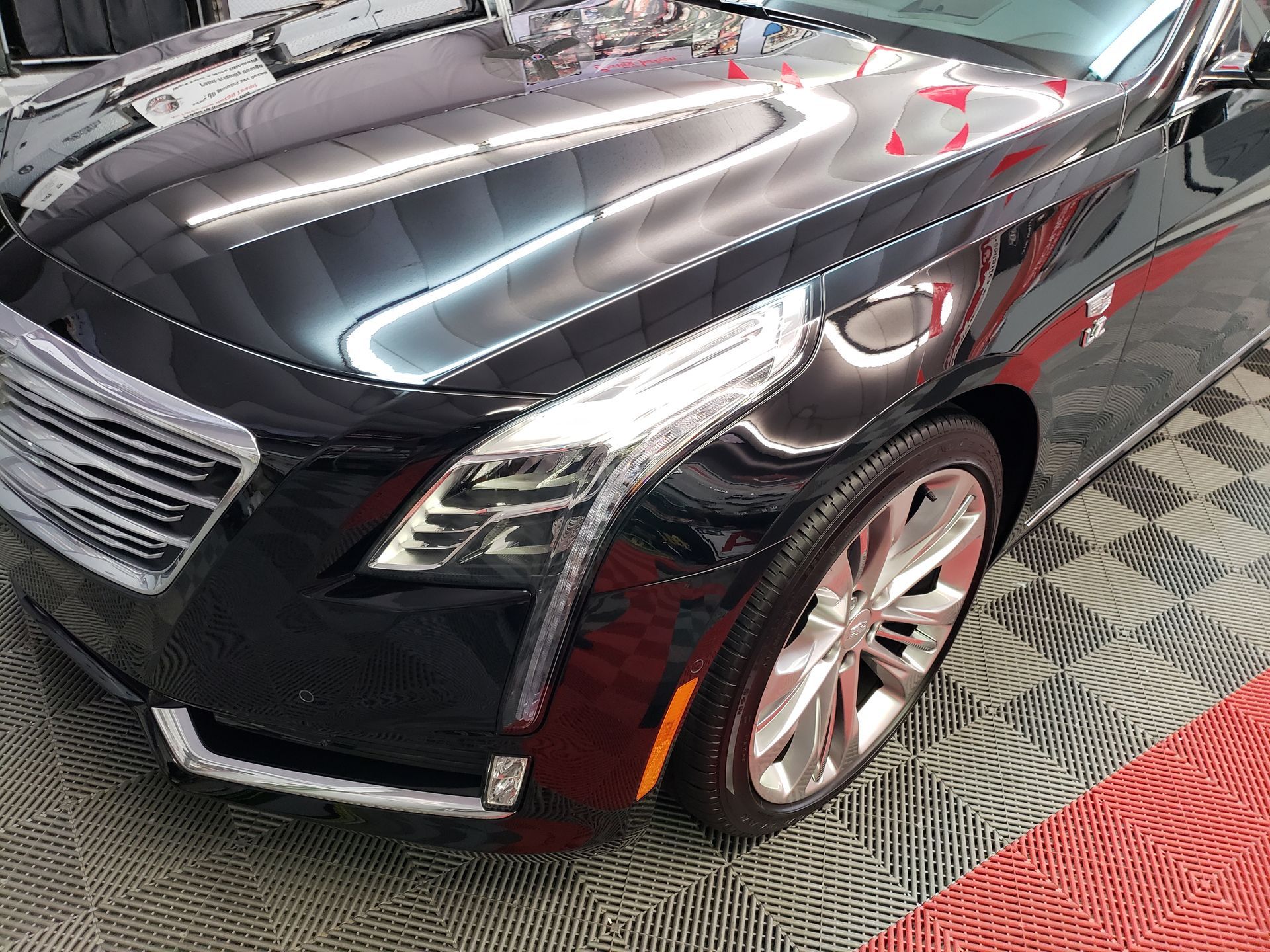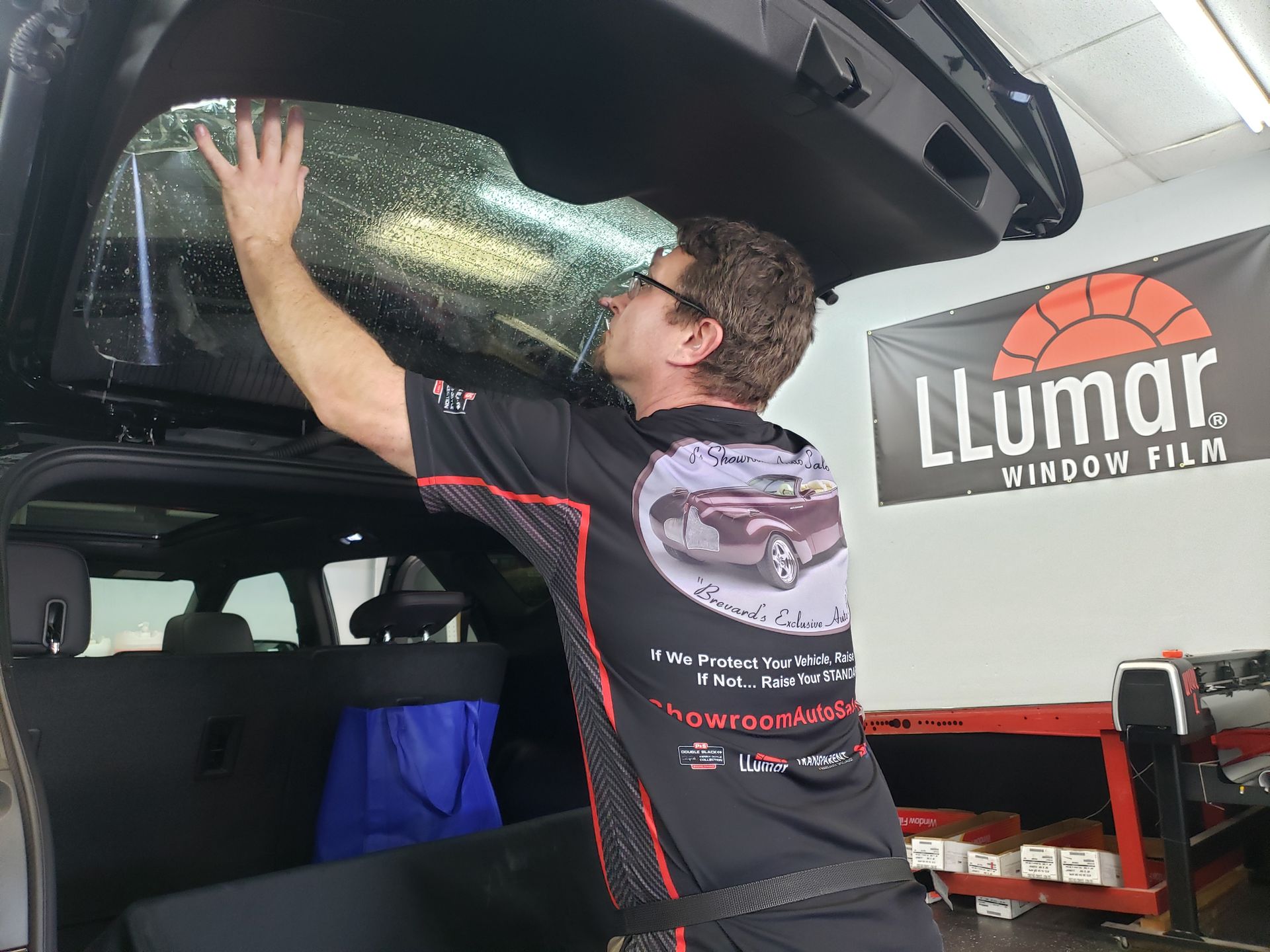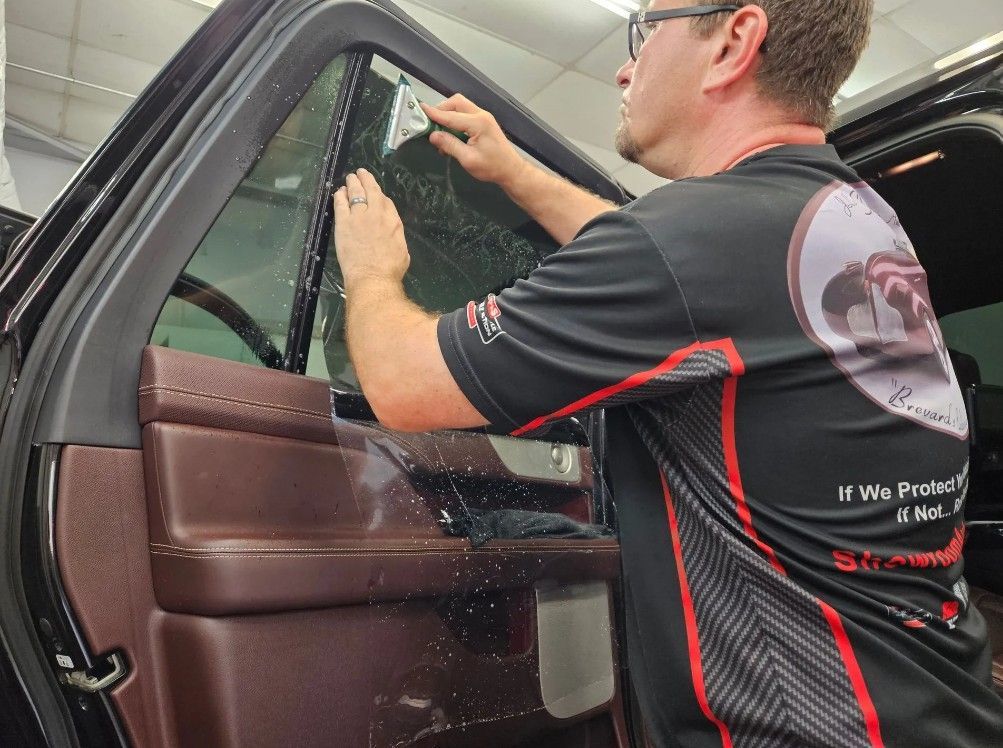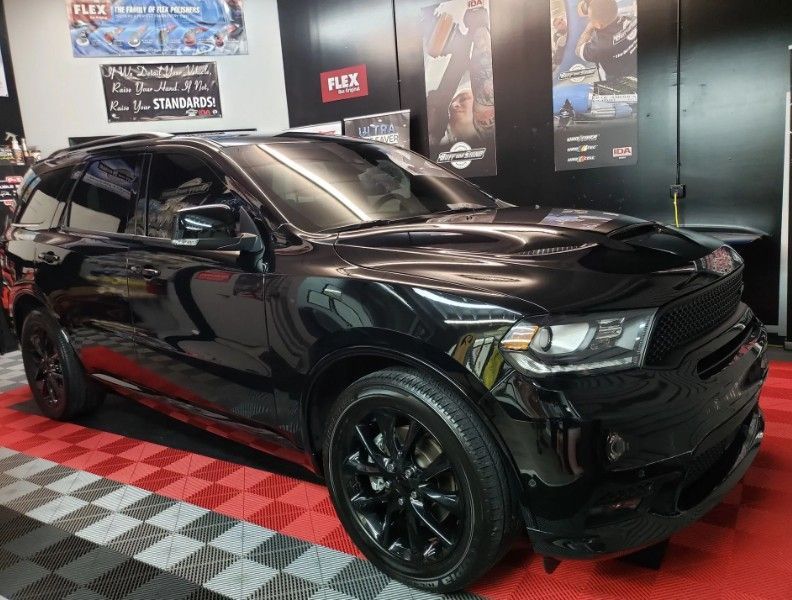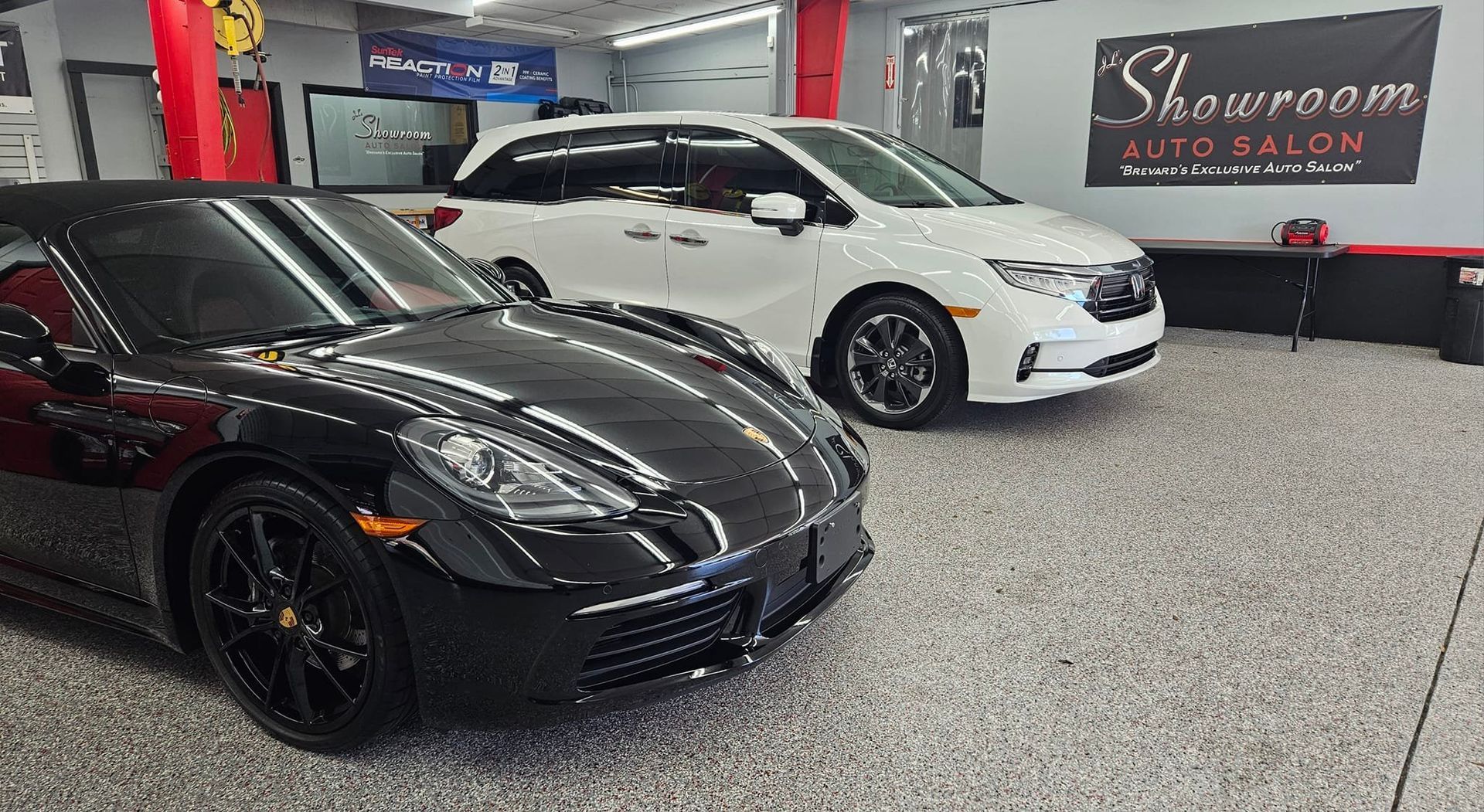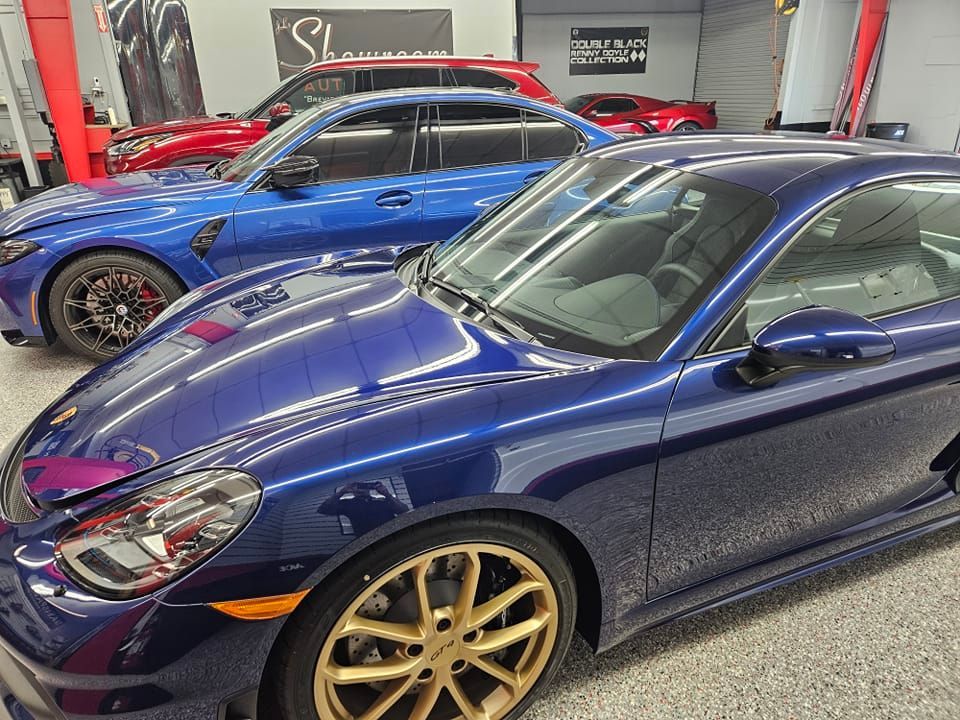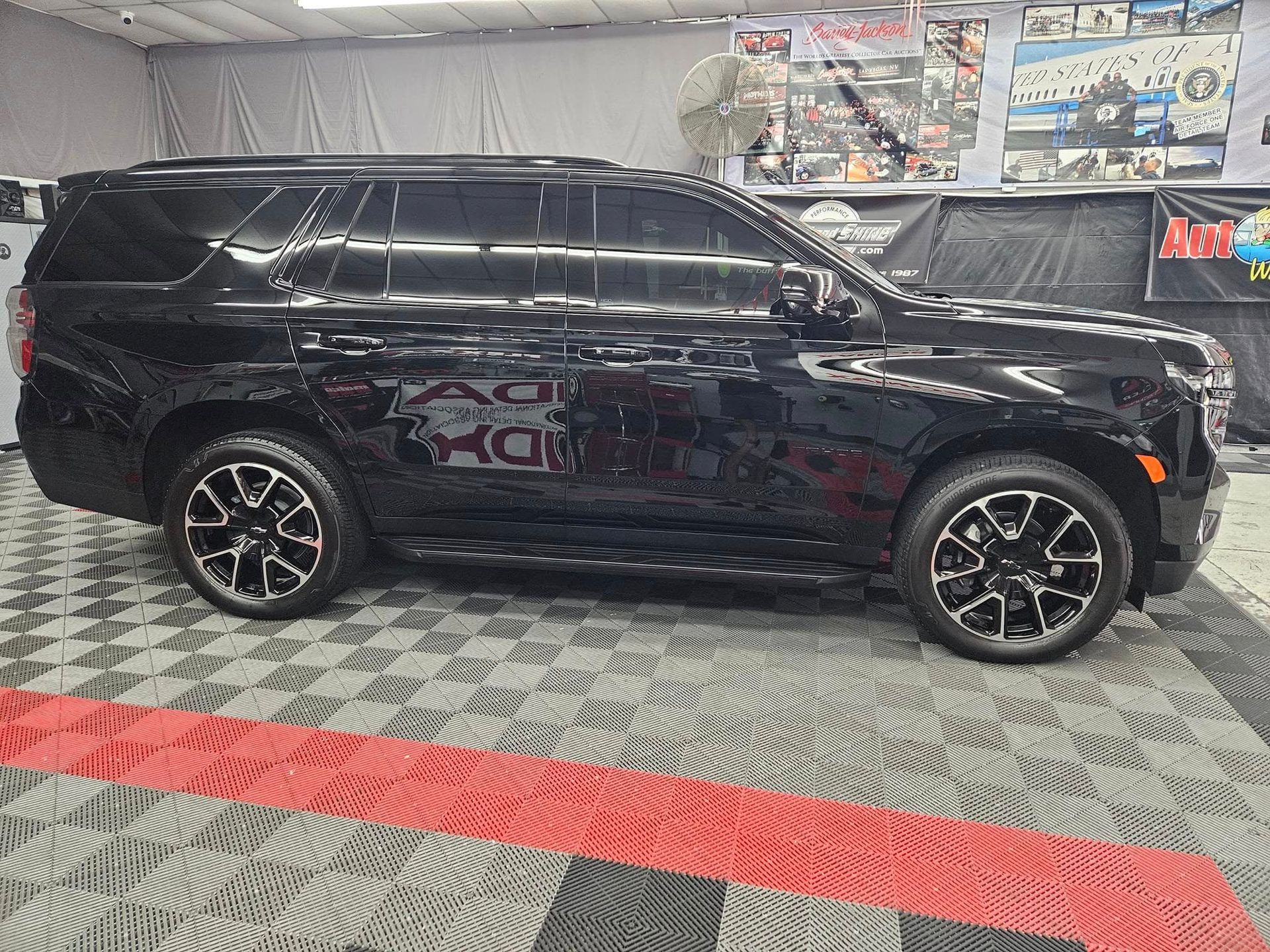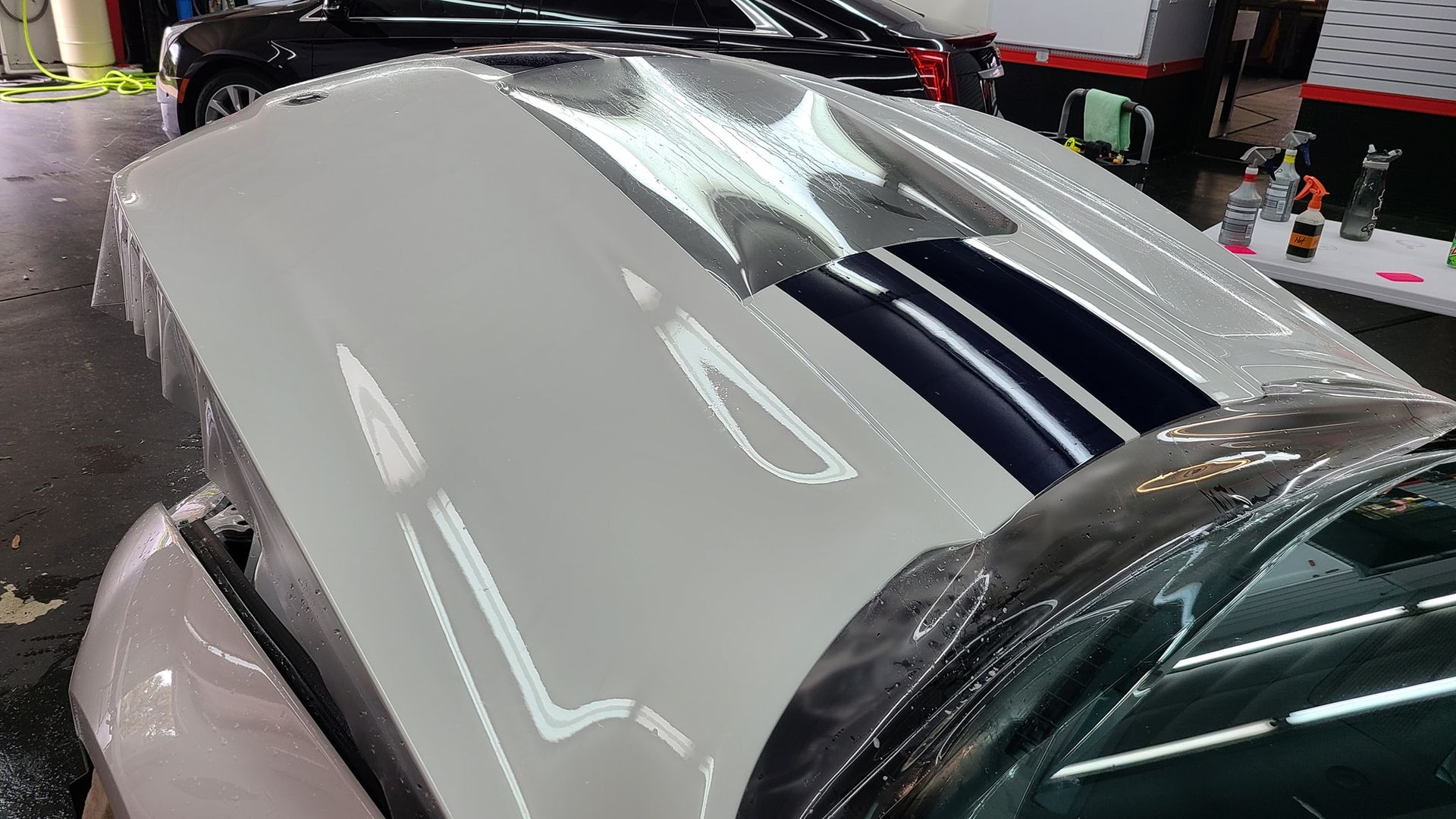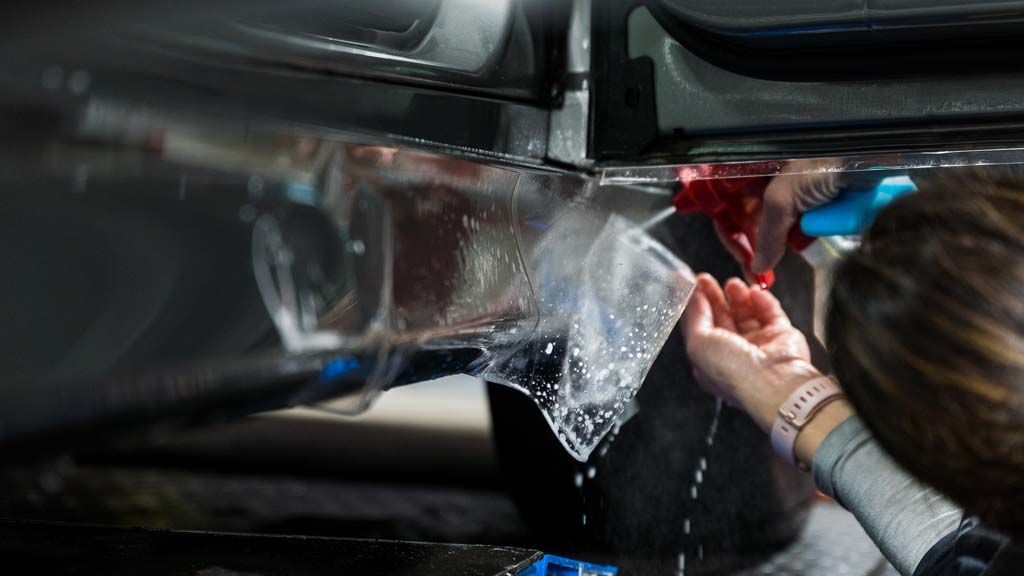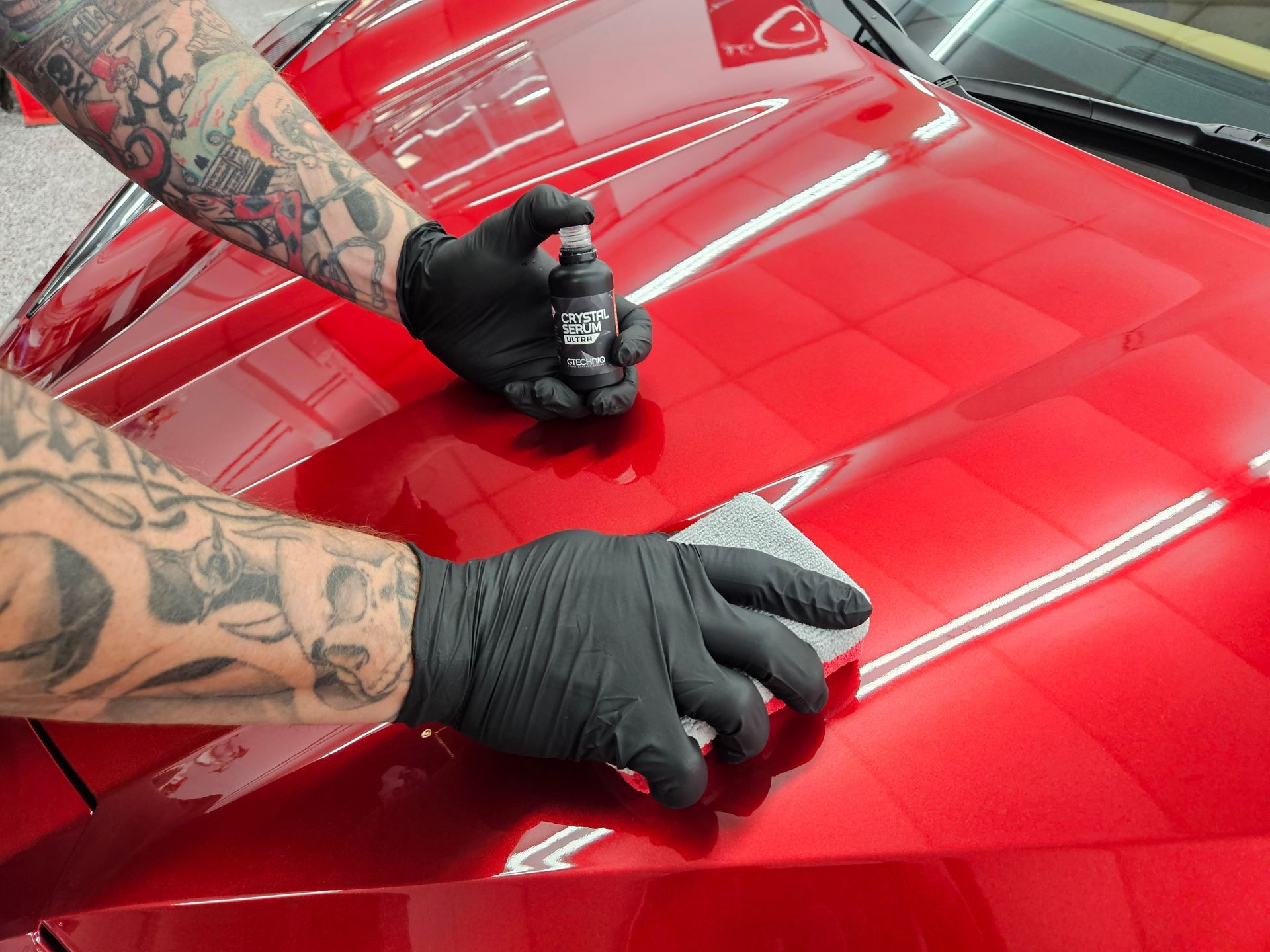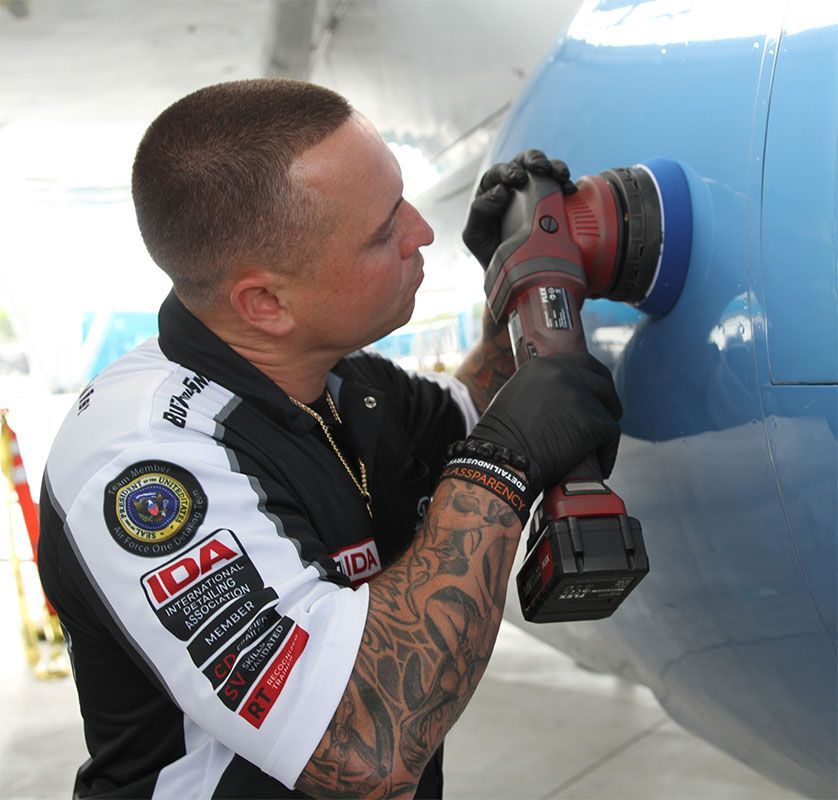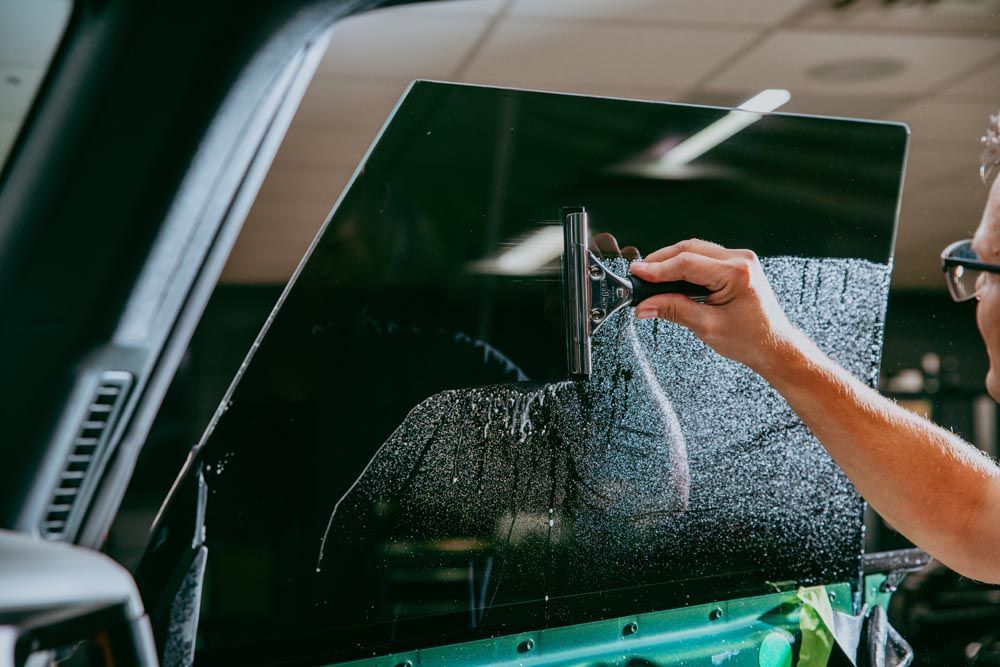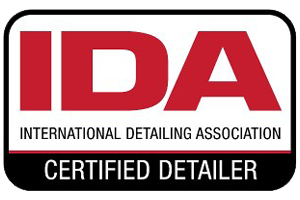What Happens If You Don’t Maintain A Coated Vehicle? The Risks And Consequences
Maintaining a coated vehicle is essential to preserving its appearance and value. Without regular care, the protective layer can deteriorate, leading to a dull finish and costly repairs. Just a few minutes of routine maintenance each month can prevent long-term damage from environmental exposure. Neglecting this upkeep often results in avoidable expenses and diminished vehicle condition.
Failure to maintain a ceramic-coated vehicle can lead to several detrimental effects, including chemical damage from environmental pollutants, accumulation of contaminants that bond to the surface, and reduced hydrophobic properties that promote water spots and staining. Ultimately, neglecting maintenance may result in degradation of the coating, increased repair costs, and diminished aesthetic appeal, significantly impacting your vehicle's overall value.
Immediate vs. Long-Term Effects
When you first neglect a coated vehicle, the change is almost immediate. You might notice that the once-smooth, slick surface becomes less effective at repelling water. This transformation occurs as the hydrophobic properties diminish, leading to a frustrating experience filled with water spots and streaks each time you wash your car. What happened to the beading effect that made your car’s surface look pristine? It's quickly replaced by unsightly patches of water that cling rather than roll off. As dirt and dust accumulate, they no longer slide off easily; instead, they bond to the surface, making the vehicle appear dull and neglected almost overnight. That glossy finish you've come to love can begin to fade right in front of your eyes. These are not just cosmetic issues; they can set off a cascade of problems if not addressed promptly. While these immediate effects are startling enough, they are just the beginning of a much larger issue that unfolds over time.
Long-Term Effects
If maintenance continues to be overlooked, the long-term effects can be significantly more damaging and costly. Vehicles lacking regular upkeep can experience faster degradation of their coatings. Such neglect exposes the paint beneath to harsh environmental elements like acid rain, road salt, and bird droppings—all of which can wreak havoc on your vehicle's surface. Over time, these aggressors can erode the protective coating entirely, leading to serious chipping and oxidation. As this wear progresses, it doesn't just compromise the protective layer; it also negatively impacts your vehicle's resale value. Paint discoloration and deterioration could reduce its worth by as much as 20-30% after five years without proper care. Not only does such neglect result in unsightly blemishes on your vehicle’s surface but also in repair costs that can surge into thousands of dollars.
Moreover, consider how quickly things like water spots and mineral deposits can etch themselves into neglected surfaces. If you let them linger too long, you may face professional polishing expenses ranging from $100 to $300—a cost that could have been easily avoided with a simple maintenance routine. What starts as minor neglect can blossom into significant damage if left unchecked.
Loss of Shine and Gloss
One of the most striking benefits of applying a ceramic coating to your vehicle is the brilliant shine that it imparts. It’s not just about aesthetics—it’s about preserving the character and allure of your car over time. However, without proper maintenance, even this protective layer can succumb to the wear and tear of everyday life. Dust, dirt, and environmental pollutants can accumulate over time, robbing your vehicle of its luster and leaving it looking dull and tired. Imagine treating your car like a prized possession—something you take out for joyrides and special occasions. You revel in its elegance as sunlight glints off its surface, catching the eyes of passersby. But if neglected, this once-glorious shine diminishes rapidly.
As the coating deteriorates, it results in reduced hydrophobic properties, meaning water spots will be more prone to forming on the surface. The sparkle fades when layers of oxidized contaminants cover what was once a vibrant finish. Another vital factor to consider is the impact of UV exposure on your vehicle's paint. Vehicles without protective coatings can lose up to 30% in color intensity after merely three years due to relentless sunlight. Regular polishing may momentarily restore some shine; however, it doesn’t address the underlying issue if the protective ceramic layer is worn down or compromised. While some enthusiasts may contend that applying polish can temporarily revive a vehicle's sheen, they fail to recognize that this temporary fix often leads to more frequent polishing sessions—which can easily become a labor-intensive chore. One could argue that spending extra time keeping the protective coating in place preserves their car's aesthetic and saves valuable time in the long run.
Importance of Consistent Maintenance
To keep that captivating shine intact, consistent maintenance is vital. Washing your vehicle roughly every two weeks with a high-quality shampoo specifically designed for ceramic coatings is crucial. Using pH-neutral options helps preserve your coating while effectively removing contaminants without causing harm. Remembering to employ soft microfiber towels during washing will prevent damage to your beloved surface. Think of regular maintenance as a ritual—a way to honor the longevity of your investment instead of letting neglect turn it into an eyesore.
By genuinely committing to a routine cleaning regimen combined with thoughtful care—such as biannual decontamination washes—you ensure that accumulated debris is readily removed without damaging that invaluable layer beneath. In doing so, you protect against deeper-set stains and extend the life of both your ceramic coating and paint job underneath, which will ultimately save you money on detailing costs down the line. Losing vibrancy from your vehicle isn’t just about looks; it's about preservation as well. That glossy exterior does much more than catch eyes—it acts as armor against deterioration over time.
Exposure to Environmental Elements
Everyday life exposes our vehicles to various environmental hazards that can wreak havoc on their surfaces. One of the most notorious culprits is UV radiation, which can cause serious paint damage over time. In fact, studies highlight that as much as 90% of fading or discoloration in vehicle paint can be attributed to UV exposure. Imagine that gorgeous, vibrant red you loved so much turning a dull pink—it's imminent without adequate protection! This is precisely what makes maintaining a quality coating so crucial because it effectively blocks harmful rays. Let's look at weather phenomena too. Acid rain, for example, can lower the pH of rainwater significantly. If left unaddressed, this acidic solution can etch into your vehicle’s surface, leading to corrosion and degradation that could have easily been avoided with routine maintenance. Tree sap and bird droppings are enemies of any car's aesthetic as well; if they remain on the surface longer than 24 hours, they become etched into the paint itself, creating permanent damage. By regularly cleaning the vehicle and ensuring protective coatings are intact, you prevent these external elements from becoming your new worst road trip companions.
The longer a coated vehicle remains exposed to these harsh elements without adequate maintenance, the greater the likelihood of irreversible damage settling into the finish. Using a pH-neutral car shampoo during regular washes not only cleanses but also preserves the integrity of ceramic coatings. It’s easy to forget, but even tiny mistakes can have major consequences; using inappropriate cleaning products can strip away protective layers and expose paint to damage from road salt or dirt accumulation. So remember: happy washing yields happy cars! Additionally, contaminants like tar and iron fallout are persistent problems for coated vehicles. These materials can bond tightly to surfaces over time, necessitating a thorough decontamination process every few months. When you forgo this essential step, you're allowing those contaminants to eat away at your coating's effectiveness, making it harder to maintain its integrity down the line. By understanding the implications of neglecting maintenance on your vehicle's coating, you lay the groundwork for recognizing critical vulnerabilities that could impact its longevity.
Maintenance and Cleaning Challenges
When you let too much time pass between washes, the consequences can be quite frustrating. For example, dirt transforms from a light dusting to a stubborn layer that clings. As time passes without proper attention, contaminants such as bird droppings or road tar become entrenched, making them harder to remove.
- Identify Contaminants: The first step in proper maintenance is recognizing the types of contaminants affecting your vehicle. Bird droppings, for example, require acidic-neutralizing cleaners, while road tar needs solvents that break down sticky residues without damaging the coating. Each threat—whether organic or chemical—demands a targeted response to avoid compromising your vehicle’s finish. Identifying the contaminant ensures you apply the correct treatment from the start.
- Choose Appropriate Cleaners: Selecting the right cleaning products is essential to protecting your coating. pH-balanced shampoos specifically formulated for ceramic coatings provide effective cleaning without degrading the protective layer. Avoid harsh chemicals or standard car soaps, as these can gradually strip away the coating over time. Using dedicated products helps preserve both the appearance and integrity of the finish.
- Rinse and Dry Thoroughly: After cleaning, it is vital to rinse and dry the surface properly to prevent water spots and residue buildup. Remaining soap or moisture can lead to staining or dulling of the coating, undermining your efforts. Use clean, high-quality microfiber towels to dry without damaging or introducing new contaminants. Thorough drying ensures a spotless result and prolongs the effectiveness of the coating.
Understanding these maintenance challenges not only saves you precious time but also keeps your vehicle looking pristine while prolonging the life of its protective coating.
Impact on Resale Value
When it comes time to sell your vehicle, the condition plays a pivotal role in its value. Vehicles that exhibit signs of neglect—like faded paint—can see their resale price decrease significantly. Car boasting a maintained ceramic coating can retain up to 20% more of its initial value over five years compared to a similar vehicle lacking proper upkeep. This percentage translates into real monetary savings when the time comes to transfer ownership. In fact, vehicles with intact protective coatings often fetched an average of $2,000 more than similar models without such enhancements. Buyers recognize the effort put into maintaining a vehicle, leading them to view it as a better investment. Therefore, it’s not just about appearance—it actively impacts your bottom line.
Imagine walking onto a dealership lot where two identical cars sit side by side. One shines with a deep gloss, showcasing that it has been carefully maintained; the other looks worn and aging and dullness. It doesn’t take much imagination to realize which car catches your eye first; visually appealing automobiles invite inquiries, allowing for higher asking prices while also making negotiations smoother. The financial implications of neglecting maintenance become even clearer when you consider resale trends. A vehicle that shows signs of wear might lose up to 30% of its value within just five years. Restoring this kind of damage can be costly—not just monetarily but also in terms of time. If an owner neglects maintenance, they might have to completely remove and reapply a new ceramic coating. Regular attention ensures that your car’s exterior remains appealing and ready for potential buyers, all while safeguarding your investment in the process.
In summary, consistent maintenance not only preserves the appearance of your vehicle but also significantly enhances its resale value, offering substantial financial returns in the long term.
Unmatched Ceramic Coating Expertise in Viera, FL
Protect your vehicle’s finish with the advanced ceramic coating services offered by JL’s Showroom Auto Salon in Viera, FL. Our coatings form a durable, hydrophobic layer that resists UV rays, oxidation, bird droppings, and everyday contaminants—keeping your car looking sleek with minimal maintenance. With expert application and high-grade materials, we help you maintain that just-detailed shine for the long haul. Book your ceramic coating appointment today and give your vehicle the long-term protection it deserves!
